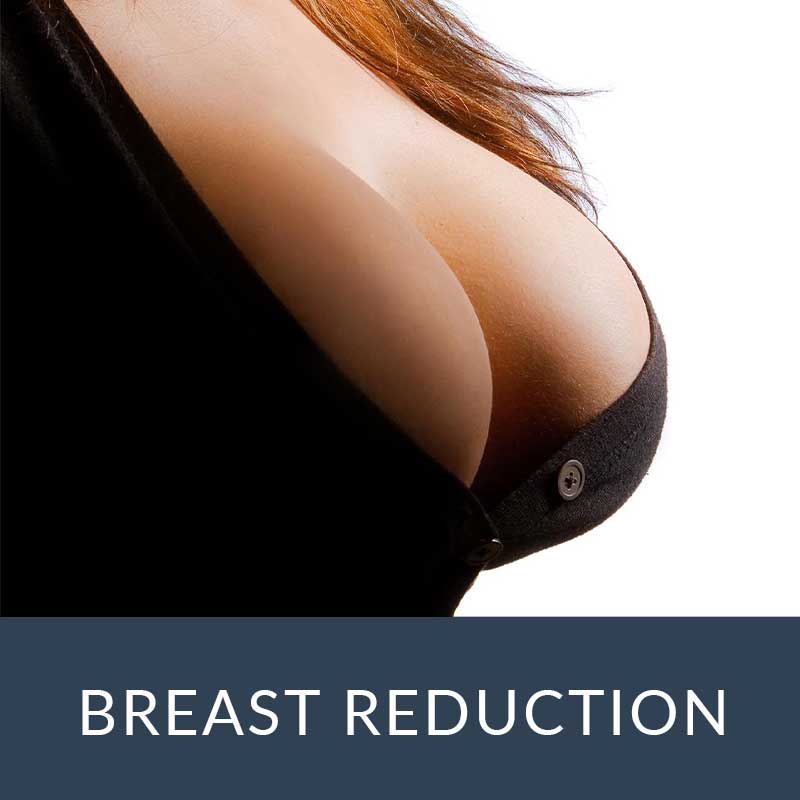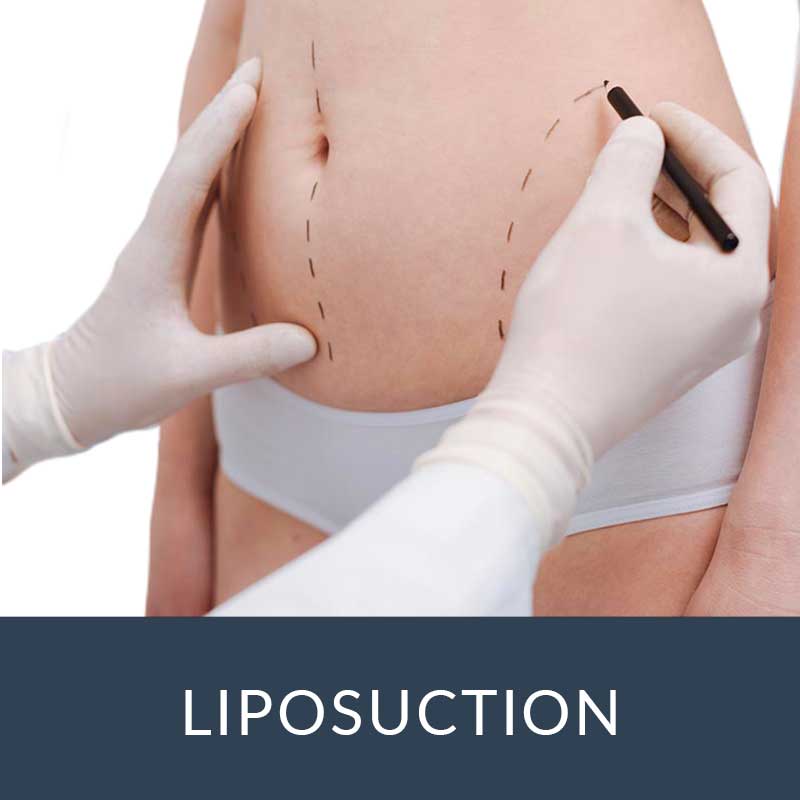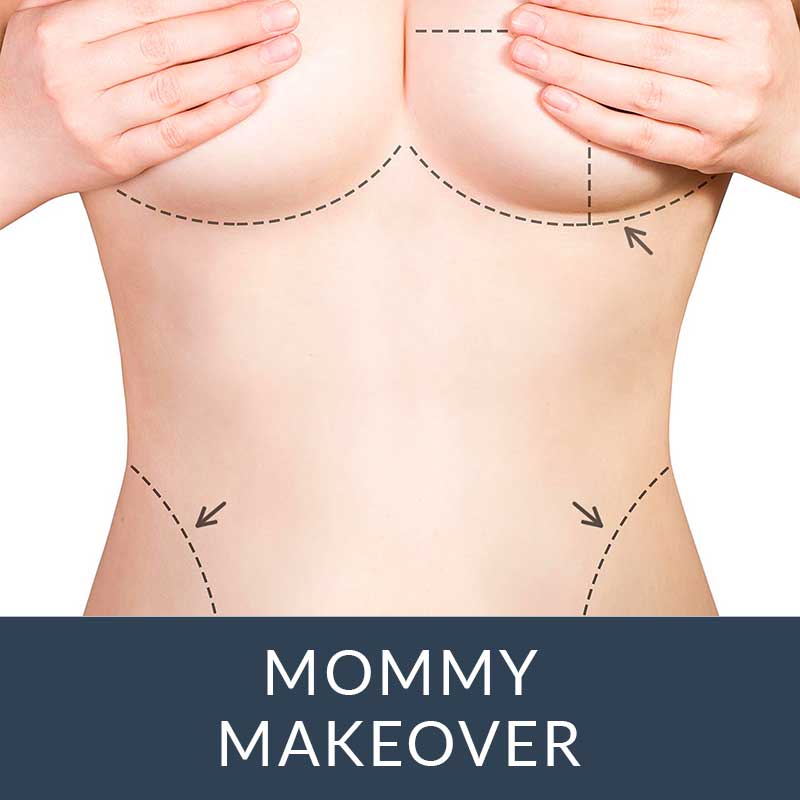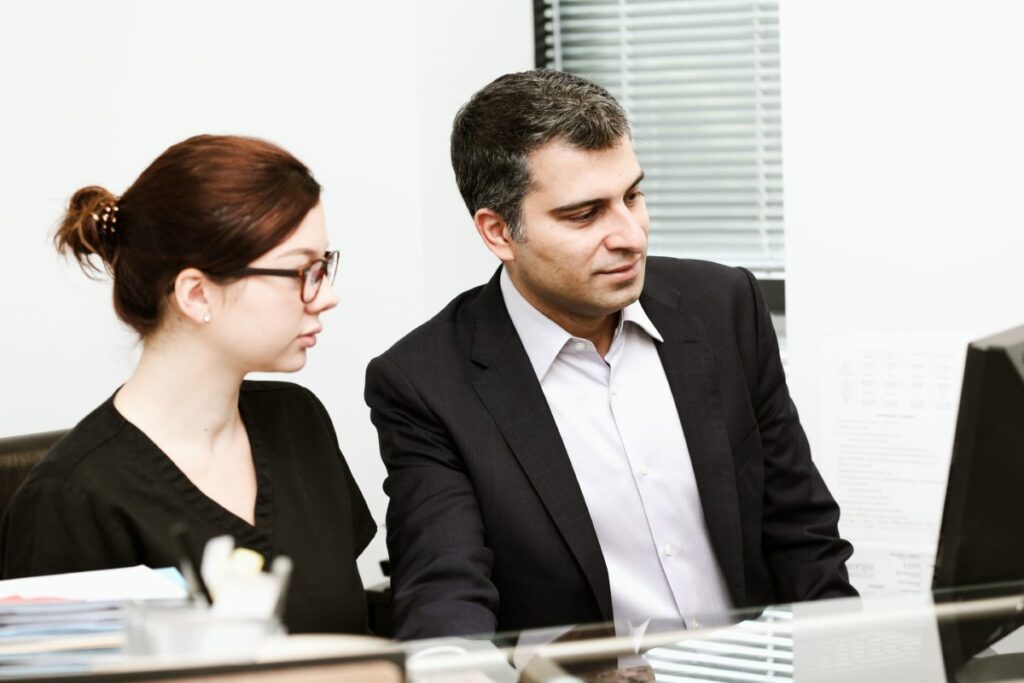Breast Reconstruction Surgery Atlanta
If you are facing the diagnosis of breast cancer and are told you need a mastectomy, please know that Dr. Abolmaali can discuss your breast reconstructive surgery options with you at any point along your journey. Reconstructive options after mastectomy have evolved significantly over the last decade. We have many options to reconstruct the breasts as close to their previous shape and size as possible. Some individuals seek more uplifted and aesthetically appealing breasts after reconstruction than they were before the mastectomy. Each individual has a unique treatment plan based on her personal goals.
INSURANCE APPLIES

FREQUENTLY ASKED QUESTIONS
What are the different types of breast reconstruction surgery?
There are two main categories of breast reconstruction surgery based on the material used to provide the shape and volume for the newly reconstructed breast.
Autologous breast reconstruction: Autologous breast reconstruction is the technical term for using your own tissues to reconstruct the breast. In this technique skin and fatty tissue is harvested from other areas of the body and used to make the new breast. Examples of this technique include TRAM flap reconstruction or free flap breast reconstruction.
Implant based breast reconstruction: For this technique a prosthetic implant is used to provide volume and shape to the newly reconstructed breasts. There are several types of implants to consider.
What is an autologous breast reconstruction?
Autologous breast reconstruction is the surgical procedure to reconstruct the breast with your own tissues. This is achieved with different types of tissues using various techniques:
- TRAM flap: In this technique we use the skin and fat from the lower part of the abdomen to reconstruct the breast. To provide blood supply to the transferred skin and fat, a whole or part of the rectus abdominis muscle (six pack abs) is used as a carrier and tunneled to the chest. This method is only an option if the patient has sufficient excess skin and fat in the lower part of the abdomen to achieve the desirable results.
- Free TRAM flap: Similar to TRAM flap, we use the skin and fat from the lower part of the abdomen to reconstruct the breast. However, the rectus abdominis is not tunneled and is instead separated from its blood supply and reconnected to a new blood vessel in the chest using a microscope.
- DIEP free flap: Deep Inferior Epigastric flap is another technique using the excess abdominal tissue to reconstruct the breast. In this case the muscle is left behind and the smaller vessels which carry the blood supply through the muscle are used for reconstruction. This technique has the advantage of preserving the musculature of the abdomen and avoiding the possible formation of problems such as hernias or bulges.
- Gracilis free flap: the Gracilis muscle is a smaller muscle on the medial side of the thigh. This muscle together with overlying skin and fatty tissues is used to reconstruct the breasts. This is a meticulous free flap method which requires the use of a microscope to reconnect the small blood vessels in the chest. Usually the amount of tissue available for transfer is limited with this technique.
What are the advantages and disadvantages of free flap breast reconstruction?
Autologous breast reconstruction or free flap breast reconstruction is an elegant technique for breast reconstruction in certain patients. As in other techniques, it has its own advantages and disadvantages.
Benefits of autologous breast reconstruction:
- Your own tissue is used without any prosthetic implants
- The reconstructed breast looks and feels natural
- The reconstructed breast can be shaped to have the slightly pendulating appearance of the contralateral breast
- You have the benefits of a simultaneous removal of any excess tissue from the abdomen
Some of the disadvantageous of free flap breast reconstruction include:
- Generally, these operations are longer in duration and much more sophisticated
- Recovery after autologous reconstruction is more complicated during the first few days
- If you need radiation after the mastectomy, the reconstruction may be delayed until after radiation therapy
- Necessity of incisions in other parts of the body other than breasts
How is implant breast reconstruction performed?
Prosthetic or implant based breast reconstruction is a group of surgeries which utilize different types of breast implants to provide volume and shape to the newly reconstructed breasts. Implant breast reconstruction is categorized as either a one-stage procedure (direct to implant breast reconstruction) or a two-stage procedure (tissue expander based reconstruction).
In this technique, either a silicone breast implant or a spacer (tissue expander) is used after breast removal. The decision to perform a one vs. two-stage reconstruction depends on several factors:
- Amount of skin removed by the breast surgeon
- Quality of skin after removal of the breast
- Whether the individual needs radiation therapy
- Your certainty about the final size of reconstruction
- Anatomic factors which affect final reconstruction
Sometimes your plastic surgeon uses processed artificial skin or cadaveric skin to cover the implant for reconstruction. The skin is used to obtain a more stable shape and provide longevity to the reconstruction.
What is the role of the tissue expander in breast reconstruction?
Tissue expanders are a type of spacer, commonly used in the process of breast reconstruction to preserve the pocket and/or make a new pocket for a silicone implant. They function as a deflated balloon inserted in the place of the breasts. They can be gradually inflated via injections through the skin during a process of several weeks. The advantages of breast tissue expanders include:
- They provide a better chance of healing if the skin quality after breast removal is not the best
- In case of radiation therapy, they do not adversely affect the final reconstructed breast
- Leaves the options for reconstruction open until the completion of radiation and/or chemo therapy
- You control the size of final reconstruction
I have a tissue expander placed after breast cancer removal. Can I still have a free flap reconstruction, such as DIEP or free TRAM?
Yes, delayed immediate breast reconstruction is a technique to delay the final breast reconstruction with your own tissue until you complete radiation therapy. In this technique, a tissue expander is placed at the time of the mastectomy to preserve the pocket for future breast reconstruction.
You can undergo radiation therapy while the tissue expanders are in place. After the completion of adjuvant treatments, tissue expanders are removed and your own tissue is used for final reconstruction.
The main advantage of delayed immediate breast reconstruction is to avoid the deleterious effects of radiation on the final reconstruction.
What is ‘pre-pectoral’ breast reconstruction?
Pre-pectoral breast reconstruction is a type of reconstruction in which the implant is placed in front of the pectoralis major muscle. Traditionally, the plastic surgeon lifts up the pectoralis major muscle and places the tissue expander or implant underneath. Artificial skin or cadaver skin is sometimes needed to cover the lower portion of the breast. The advantages of ‘pre-pectoral’ breast reconstruction are:
- Less post-operative pain
- No animation deformity
- Natural looking breasts
Pre-pectoral breast reconstruction is currently the preferred technique for breast reconstruction in appropriate candidates.
I have been diagnosed with breast cancer and I have been advised to have a mastectomy. Can I have a double mastectomy?
This is a discussion to have with your breast/cancer surgeon. Many factors will contribute to the decision whether to have a unilateral mastectomy vs. bilateral. Age at the time of diagnosis, risk of developing future breast cancer, family history of breast cancer as well as type of breast cancer are among the deciding factors. Your breast surgeon often gathers advice from other members of your treatment team, such as the plastic surgeon or oncologist. The decision to undergo a single or double mastectomy is very individualized and should be discussed with your breast surgeon before planning the mastectomy.
The chances of achieving symmetry between the two breasts are higher when a similar operation is performed on both sides. The outcome depends greatly on the breast shape, size and degree of breast sagging. Dr. Abolmaali can advise you on the chances of symmetry after final reconstruction and the surgical plan to achieve it.
How can I obtain symmetric breasts after unilateral breast reconstruction?
Final symmetry after breast reconstruction is probably the main concern for women who undergo a mastectomy. The outcome depends greatly on the breast shape, size and degree of breast sagging. The chances of achieving symmetry between the two breasts are higher when a similar operation is performed on both sides. However, there are many ways to achieve symmetry.
Normally if you undergo mastectomy on one breast only, you will need a type of symmetrizing procedure on the other breast. Again, depending on the shape and size of the breast and your preferences, the symmetrizing procedure is usually a breast augmentation, breast lift or combination of the two. Sometimes fat grafting helps to correct small imperfections which may persist at the end of reconstruction. The good news is that most insurance carriers pay for the procedure on the normal breast.
Should I have a nipple reconstruction?
With the current reconstructive techniques, most women are very satisfied with their breast reconstruction. Areola or nipple reconstruction is usually the final stage of reconstruction. A sense of satisfaction with reconstruction, and a feeling of completeness is highly correlated to nipple or areola reconstruction. Nipple reconstruction is a short procedure which is done under local or general anesthesia in the office.
There are different techniques for nipple reconstruction. Alternatively, some of breast cancer survivors choose to have tattooing of the nipple/areola. Dr. Abolmaali will discuss options for nipple reconstruction with you towards the end of the journey.
What can plastic surgeons do during a lumpectomy for breast cancer reconstruction? What is oncoplastic breast reconstruction?
Oncoplastic breast reconstruction is a joint surgery where the breast surgeon and plastic surgeon work together to perform a lumpectomy and breast reconstruction at the same time. In this technique, the plastic surgeon uses the general principles of aesthetic breast surgery to design the incisions and facilitate the cancer surgery for the breast surgeon. After the completion of the lumpectomy, your plastic surgeon completes the breast reconstruction. If needed, we can perform the contralateral symmetrizing procedure at the same time.
This combined approach facilitates the cancer removal and ensures the best cosmetic outcome. If you are scheduled to have a lumpectomy, ask your breast surgeon if you would benefit from an oncoplastic breast reconstruction at the same time.
BREAST RECONSTRUCTION SURGERY IN ATLANTA
North Atlanta Plastic Surgery Group is conveniently located in beautiful Johns Creek, GA and provides Breast Reconstruction Surgery after weight loss to patients throughout North Atlanta, including: Alpharetta, GA • Cumming, GA • Roswell, GA • Dunwoody, GA • Sandy Springs, GA • Suwanee, GA • Duluth, GA • Marietta, GA • Smyrna, GA • And More!
